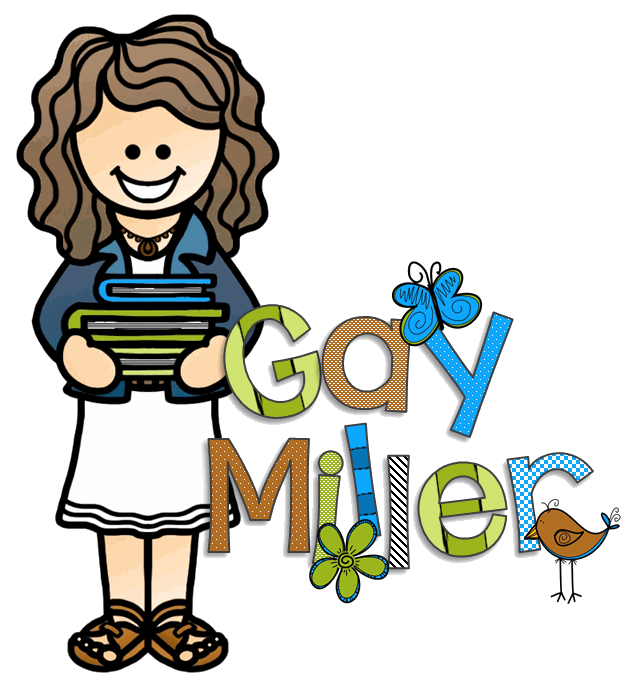
Teaching students to draw conclusions can feel like handing them a secret decoder ring. Suddenly, they’re unraveling mysteries, decoding hidden messages, and piecing together the puzzle of meaning—like literary detectives in training.
This post shares a complete lesson plan to help upper elementary students connect clues, evaluate evidence, and draw logical conclusions from what they read. From deciphering the motives of literary characters to unraveling the cause-and-effect relationships in historical events, students will be able to evaluate a world of information.
This comprehensive lesson plan includes activities, essential questions, vocabulary, and resources to support students’ learning.
Be sure to grab the free handout—it includes all the printables and video links you’ll need to bring these activities to life.
Draw Conclusions Lesson Plan
Activity 1: Hook Activity

Start with a hands-on mystery! Students examine the contents of various bags and draw conclusions about the owner’s personality, plans, and situation. Ask students to tell details about the owner’s characteristics and intentions based on the contents of a bag they are carrying.
Example:
- tote bag with bathrobe, socks, two pairs of pajamas, ID, insurance card, crossword puzzle book, and medical records
Inference — The person with the tote bag is going to the hospital. The reader infers this based on the clothing and medical records enclosed.
Conclusions — The person plans an operation/procedure to keep him in the hospital for at least two days. The operation is probably minor because the person only has two clothing sets. The owner plans on getting out of bed because otherwise, a bathrobe would not be needed. The person expects to be bored. The crossword puzzle book will provide entertainment, so the owner does not plan to sleep much.
Activity #2: Brochure Fold Graphic Organizer

Print the foldable organizer from the handout. It includes definitions and examples to guide students as they learn to draw conclusions. Show the instructional video that guides students through completing the organizer by adding a definition and examples.

Activity #3: Draw Conclusions (YouTube)
Use short YouTube videos to reinforce the skill. Students watch examples, analyze short passages, and practice evaluating evidence—perfect for visual learners! Facilitate a class discussion to review the techniques and approaches discussed.

Drawing Conclusions [10:50]

Drawing Conclusions and Making Inferences [8:21]

Making Inferences and Drawing Conclusions [4:51]
Activity #4: Classified Ads from the Newspaper

Provide a selection of job-wanted ads from the newspaper or online sources. Have students read the ads and draw conclusions about the kind of person who might apply. What clues in the ad support their thinking? Encourage students to support each decision with a fact or detail in the ads. Facilitate small group or whole class discussions to share and discuss their findings.
Activity #5: Books

Introduce a variety of books that provide opportunities for drawing conclusions. Allow students to choose a book or assign one to each student. Instruct students to read the selected book and identify instances where they need to draw conclusions based on the provided information. Conduct a class discussion to share and evaluate the conclusions drawn by different students. Here are two great books for this activity.
- Earthquakes by Seymour Simon
- Tops and Bottoms by Janet Stevens
Drawing conclusions is a cornerstone of strong reading comprehension and critical thinking. By teaching students to evaluate information, analyze evidence, and draw logical conclusions, we empower them to become proficient readers. Through activities and thoughtful discussions, this comprehensive lesson plan helps students develop this important skill.
Remember, concluding is a lifelong skill that students can continue to refine and apply in various contexts. Encourage students to practice this skill beyond the classroom—whether they’re figuring out what’s really going on in a story or why their little brother suddenly cleaned his room without being asked.
Want More Reading Skill Practice?
Build a strong foundation in comprehension with my Reading Skills Bundle. It includes 12 complete units covering:
- Text Structure
- Story Elements
- Main Idea & Details
- Cause & Effect
- Compare & Contrast
- Inference
- And more!
Each unit comes with printables, graphic organizers, and engaging activities that make reading skills stick.



